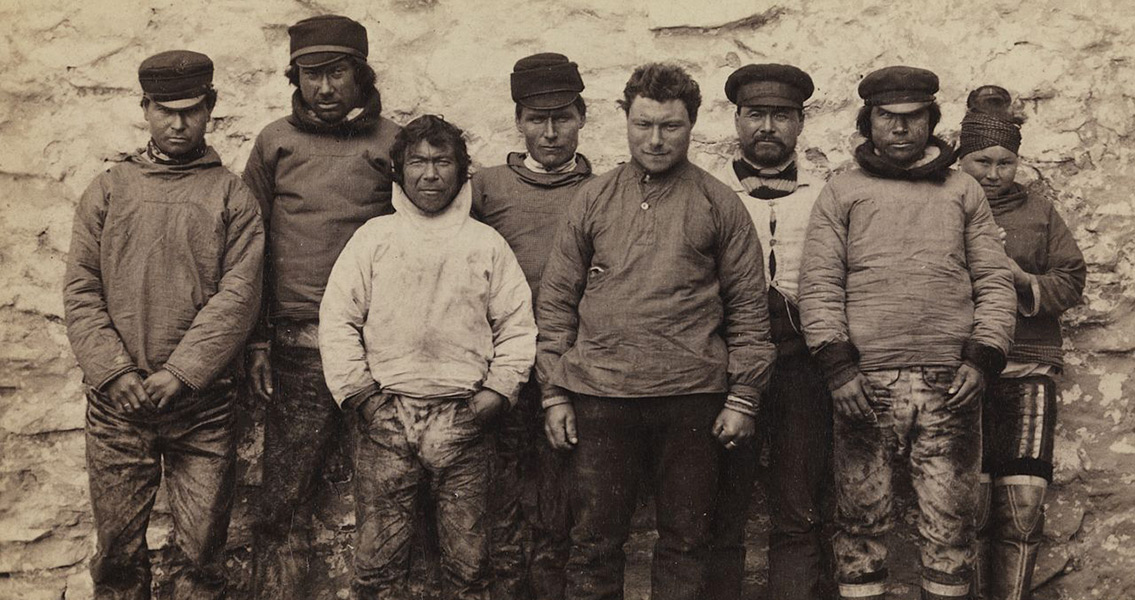<![CDATA[Suggesting that the environment in which a group of people lives has an impact on their genetic makeup sounds pretty common sense, but proving this impact scientifically is an entirely different matter. An international team of scientists who decided to look into the genetic differences between Greenland Inuits and their closest relatives in the past, the Han Chinese from East Asia, found that there were marked differences in a set of genes that had to do with eating habits. The ancestors of modern-day Greenlanders split from the Han Chinese around 20,000 years ago. They had to adapt to a harsh environment with consistently low temperatures and food scarcity, especially in the plant realm. The diet of Greenlanders to this day consists almost entirely of fish and marine mammals, at the expense of plant-based carbohydrates. As a result, their intake of omega 3- and -6 fatty acids is much higher than that of, say, the average European or the average Han. The research team examined the fatty acid concentration in the cell membrane of three subject groups – Inuit, Han, and European – and found that the genetic mutations identified helped the Inuits compensate for this unusually high intake of fatty acids, one of the researchers, Anders Albrechtsen, told Heritage Daily. The mutation in question, the biggest one the team found, was in the 11th chromosome, among the genes that are responsible for the processing of fatty acids. One base pair in this group was present in almost all of the Inuit sample, which involved 191 people, but was only identified in 15% of the Han sample, which involved 44 people. The base was also found in a small minority of the European sample of 60 people. After they identified the difference, the team looked into its effect and found that the mutation caused a slowdown in the metabolism of fatty acids. Although they couldn’t find a direct causal link, they did suggest that this mutation and its effect were related to a lower risk of heart disease among the Greenland Inuit compared to Europeans or Han Chinese. One possible explanation is that the Inuit diet includes a different mix of fatty acids than the usual diet of the other groups that were involved in the study, thanks to the genetic mutation that affects the way in which the body modifies the fatty acids it consumes. One other interesting finding was that this mutation could be responsible for the shorter average height of the Greenland Inuits. One of the authors of the study, Rasmus Nielsen from the University of California Berkeley, told Science that the metabolism of fatty acids has an effect on the growth hormone that determines height, adding that Inuits are on average two centimetres shorter than Europeans. Another author, Torben Hansen, explained that this is the first time this dependency between the genetic mutation and height has been established, because the Greenland Inuit are a relatively isolated community and the mutation is highly prevalent, unlike in Europe, where any researchers studying the link would need a much bigger sample. This, he added speaking to Heritage Daily, shows the advantage of studying small and historically isolated populations. For more information: “Greenlandic Inuit show genetic signatures of diet and climate adaptation“ ]]>
Inuit DNA Changed to Suit Harsh Arctic Environment
